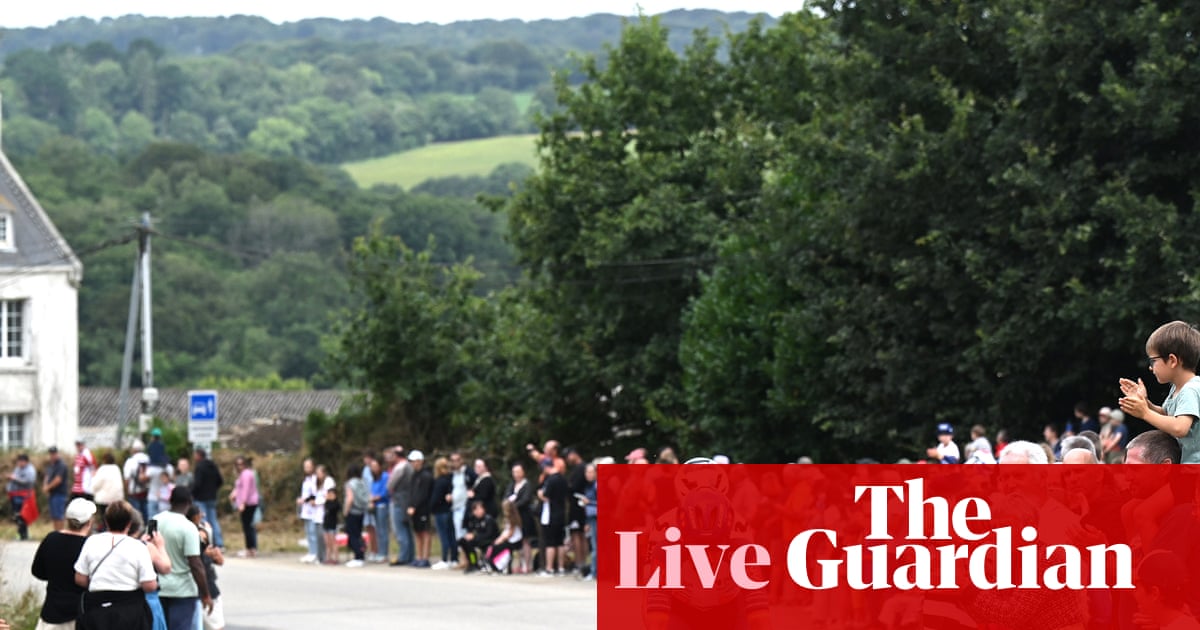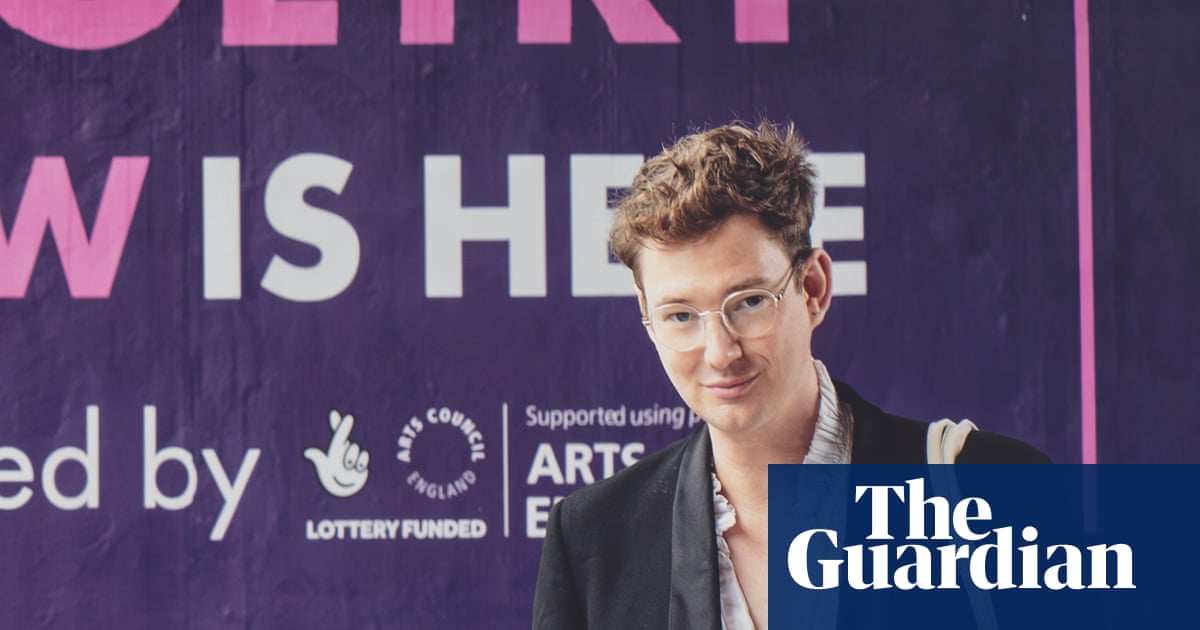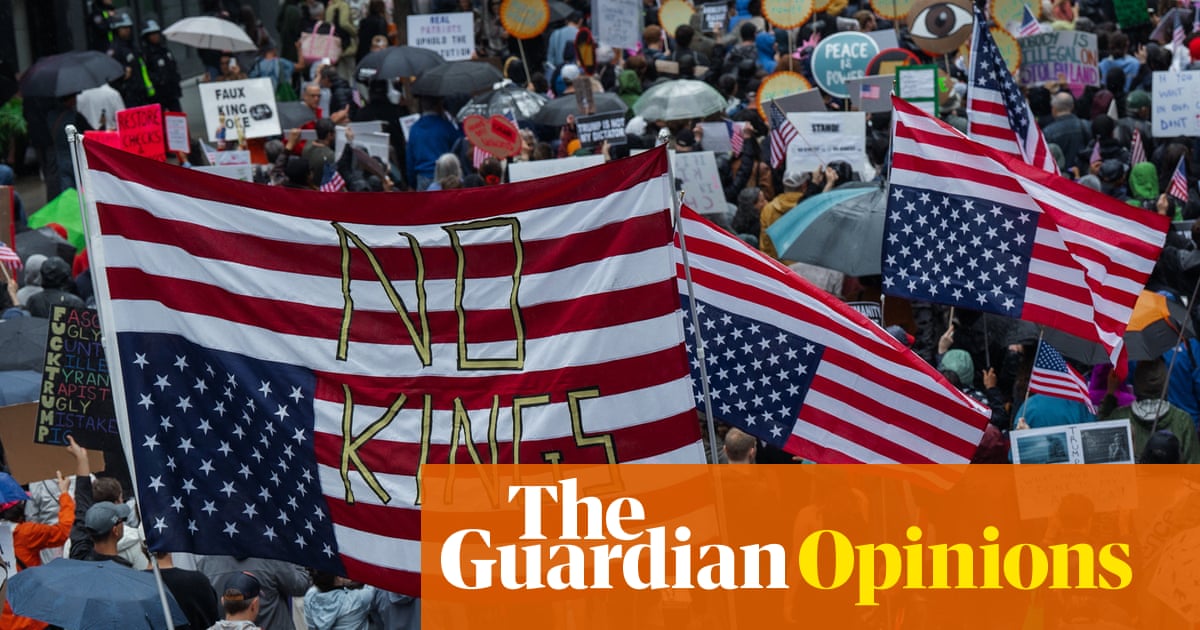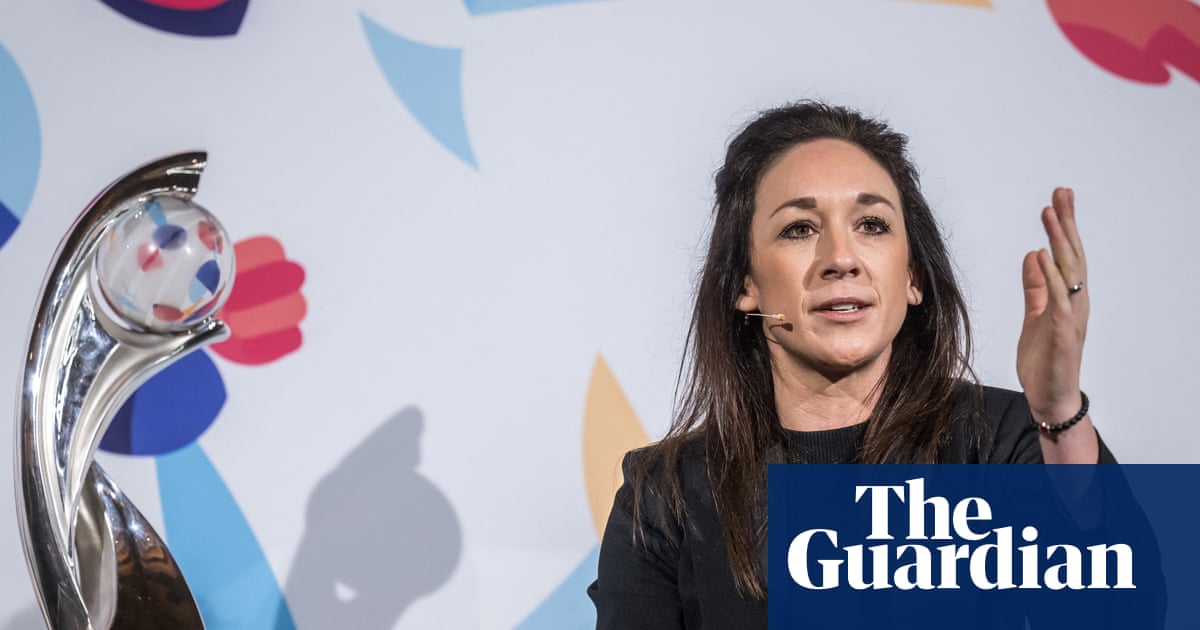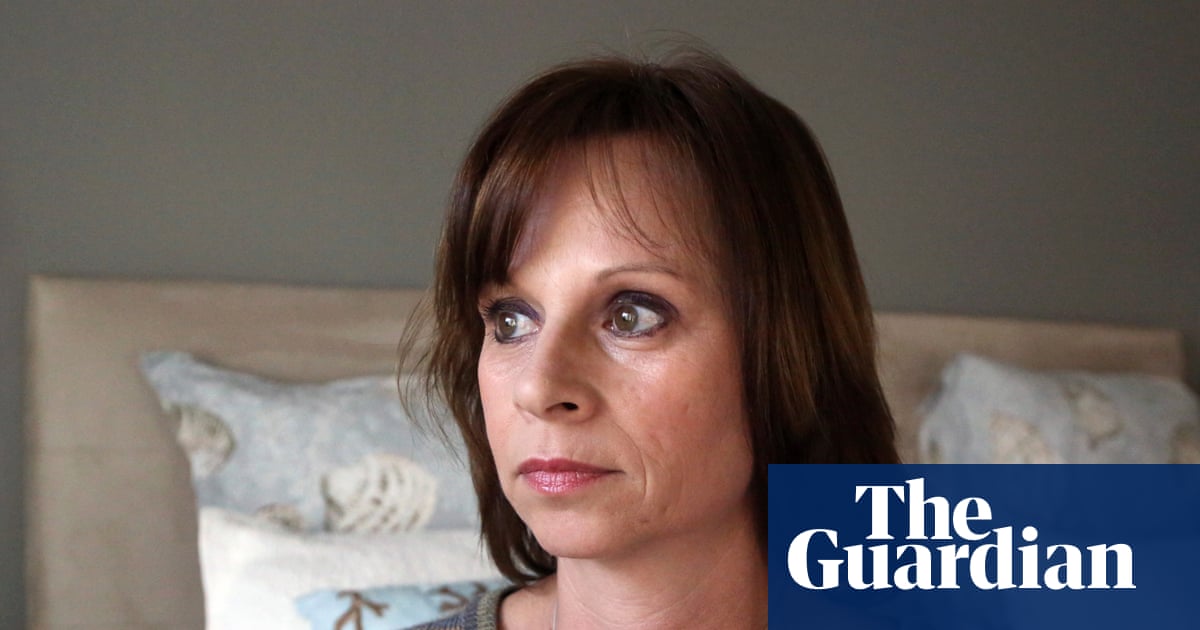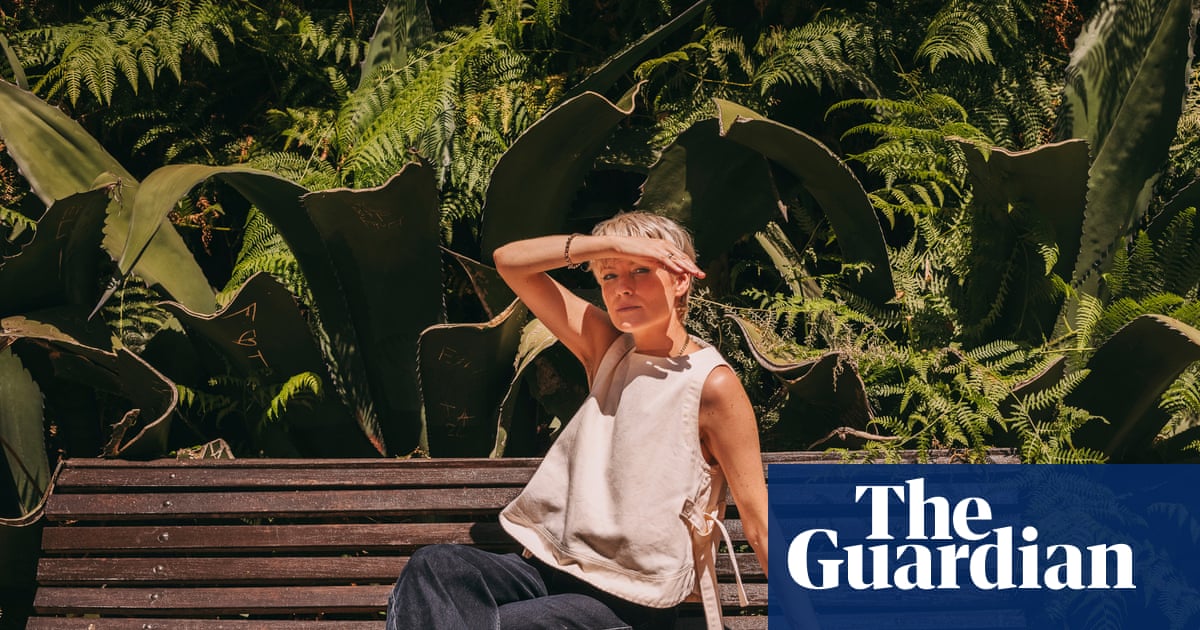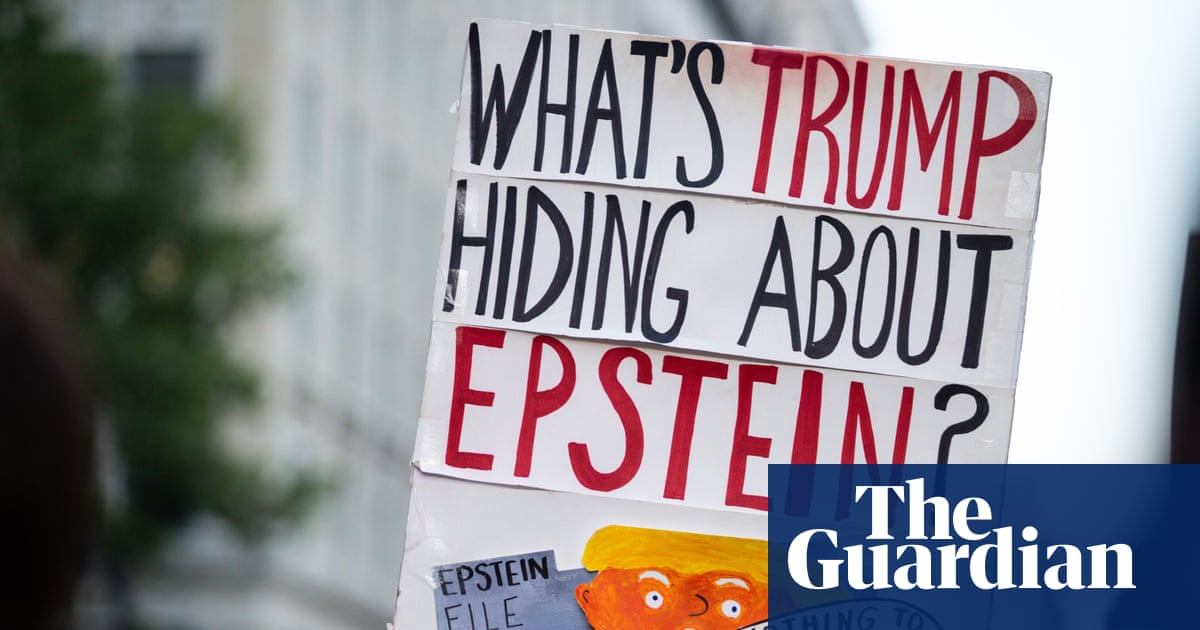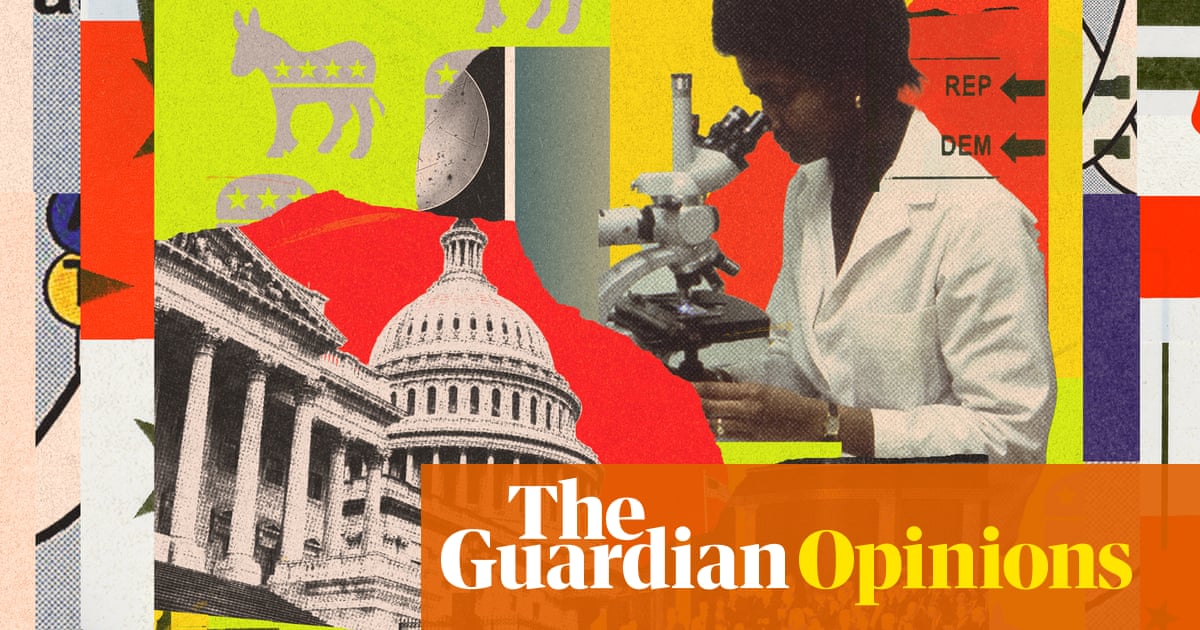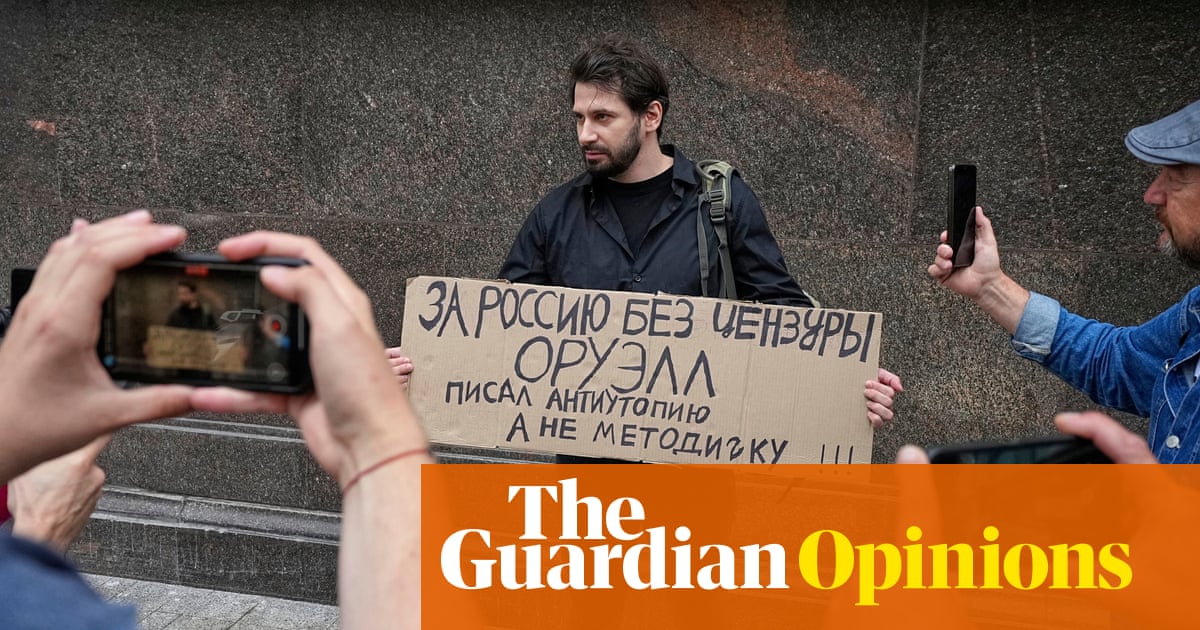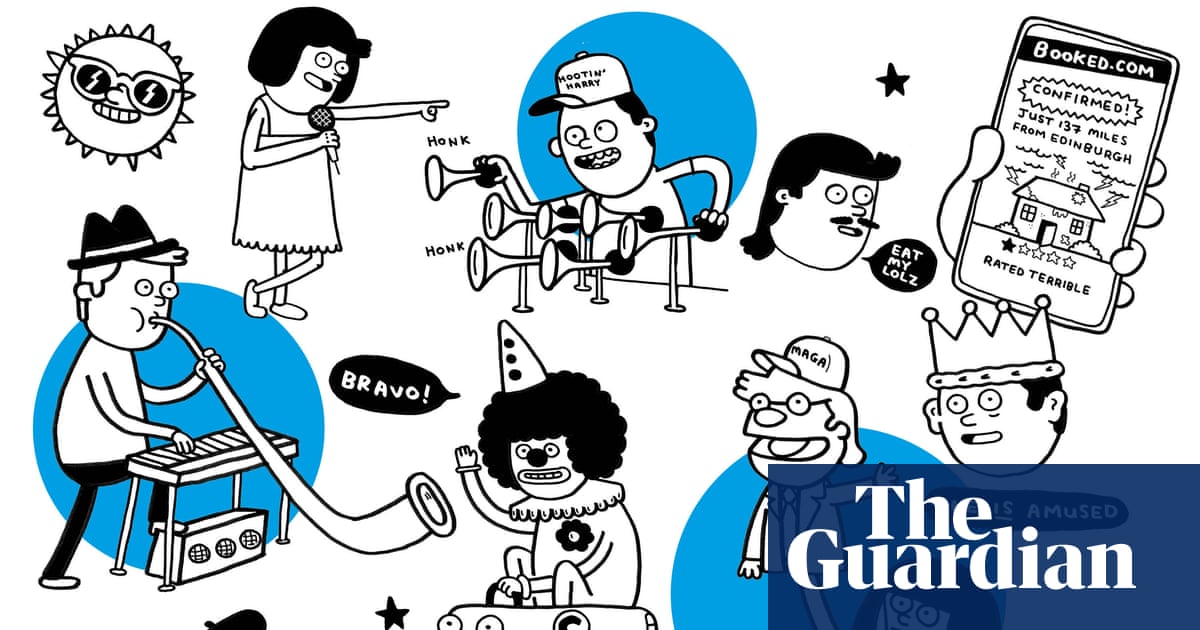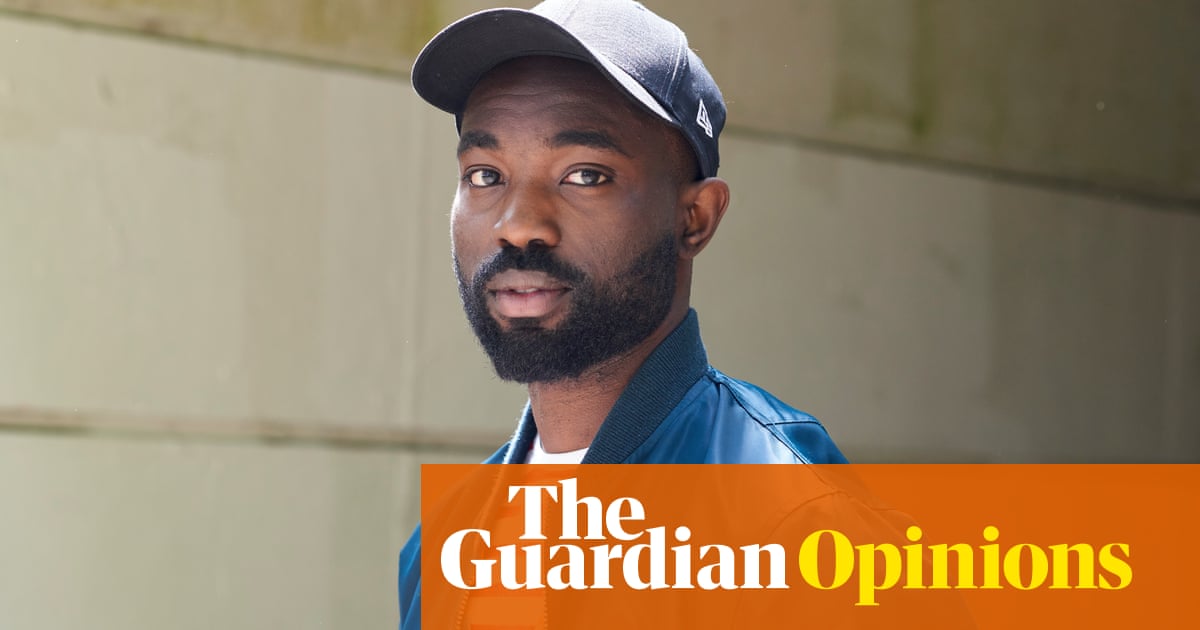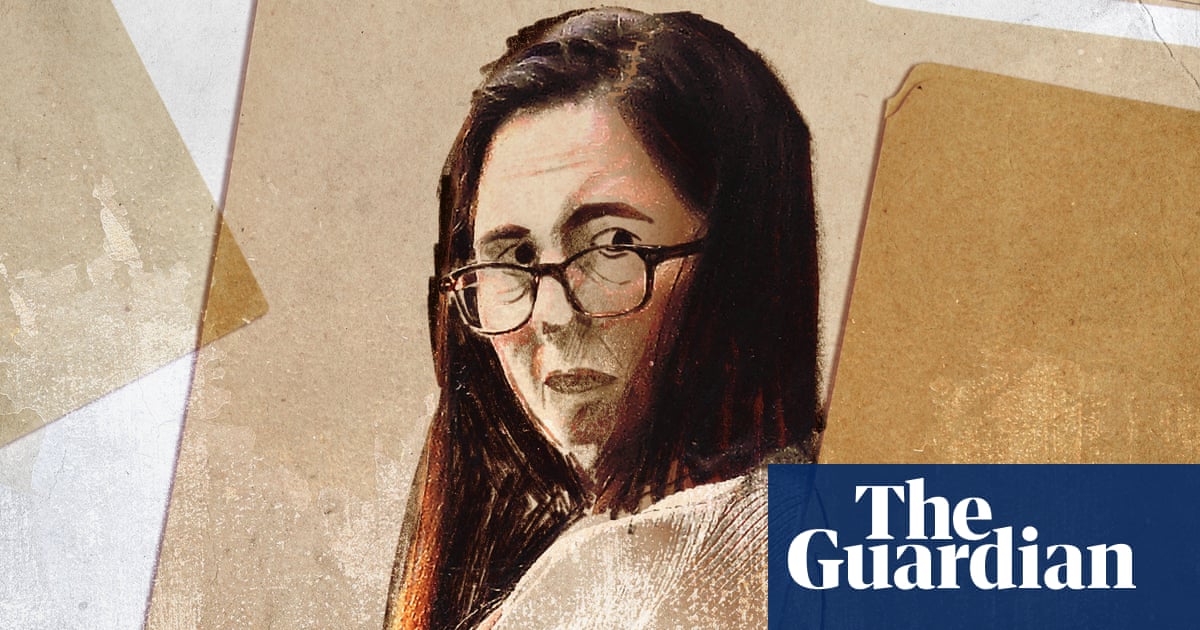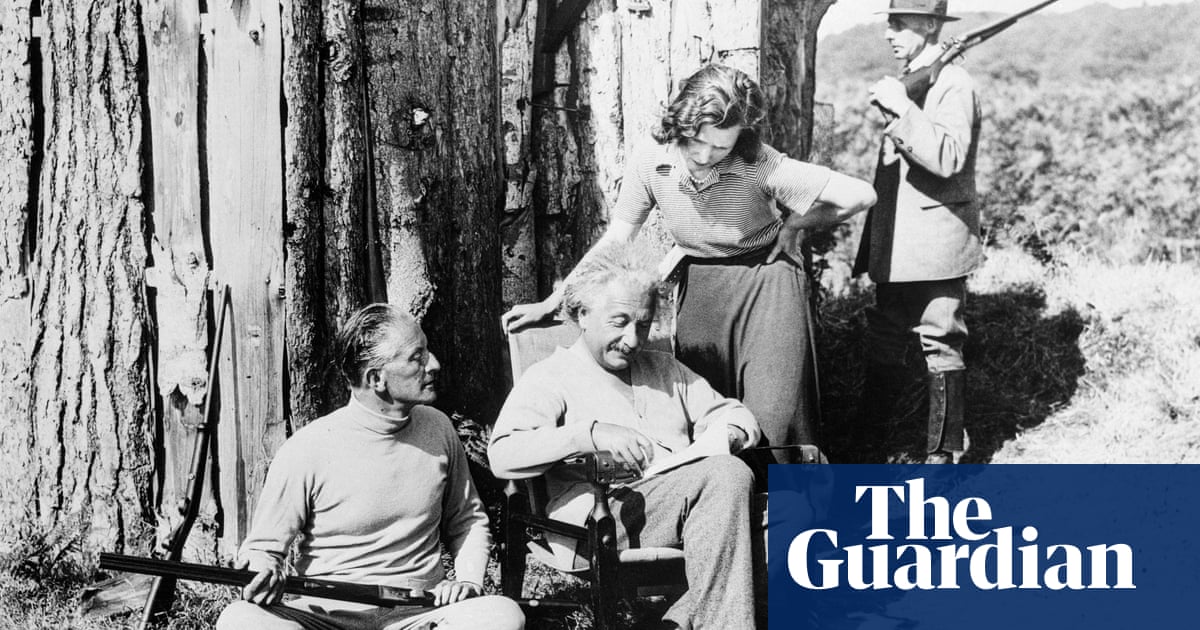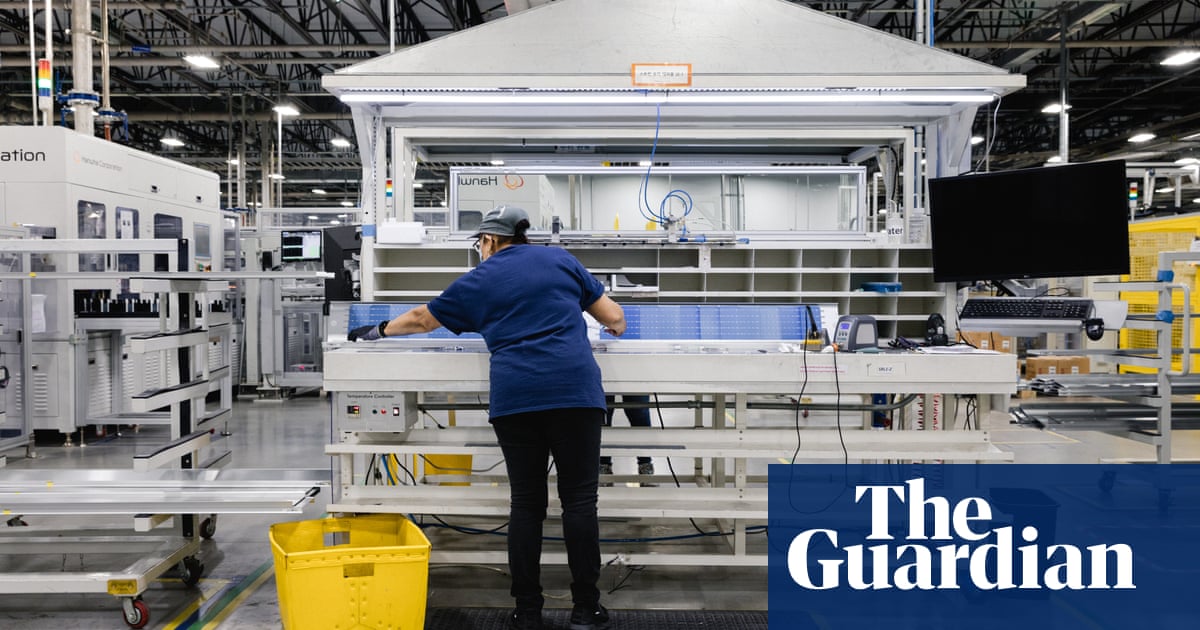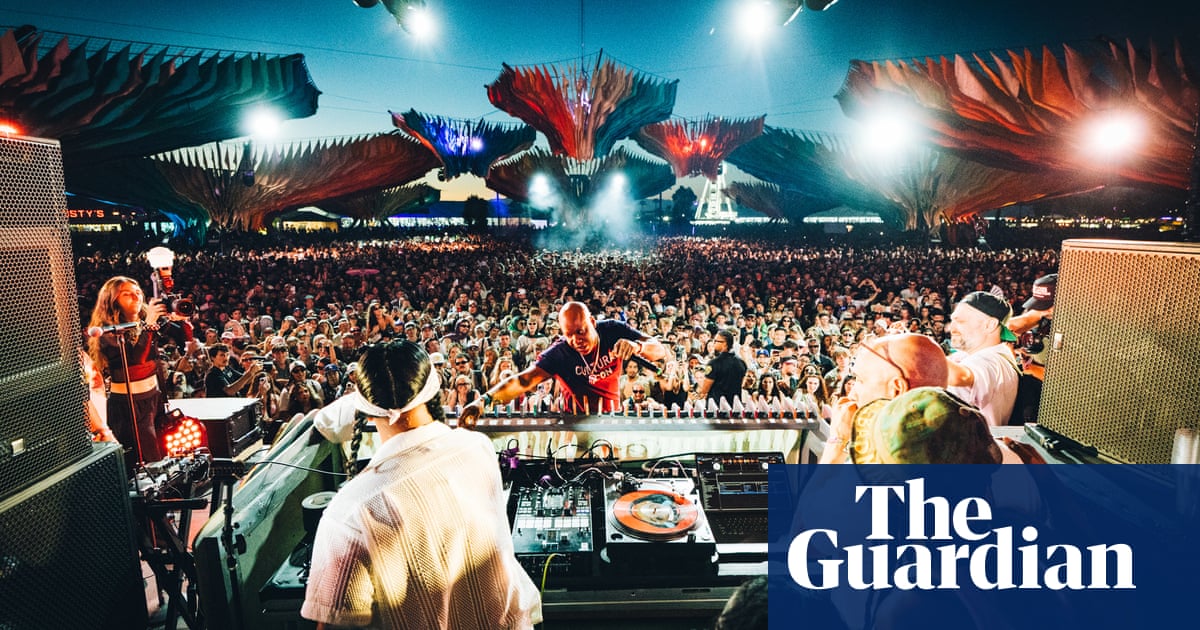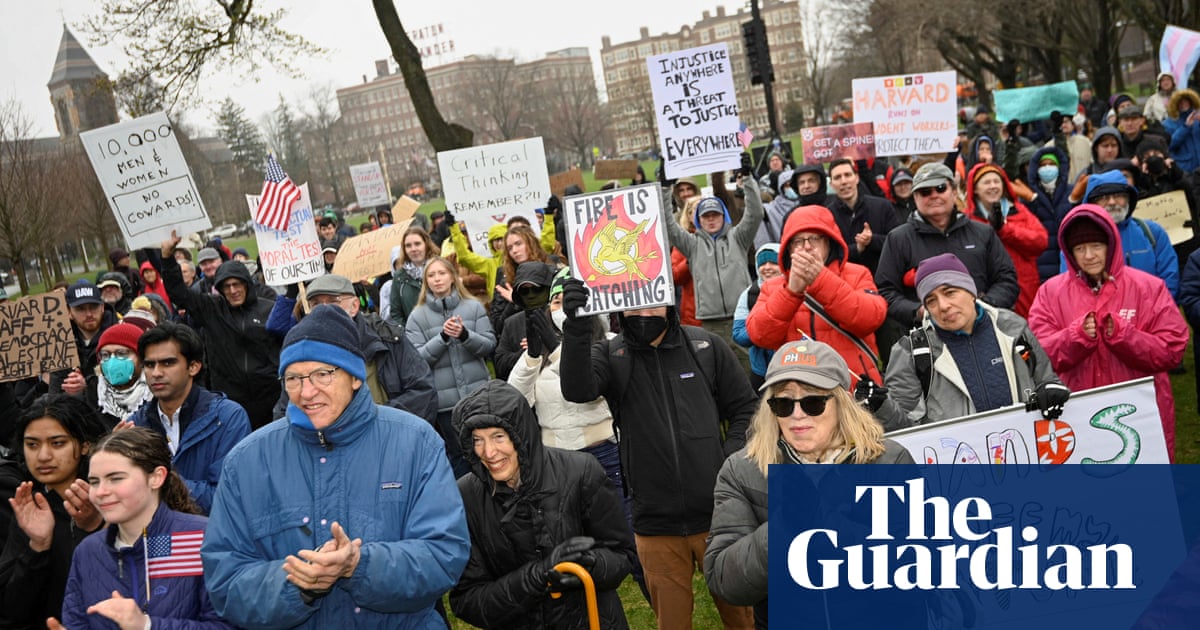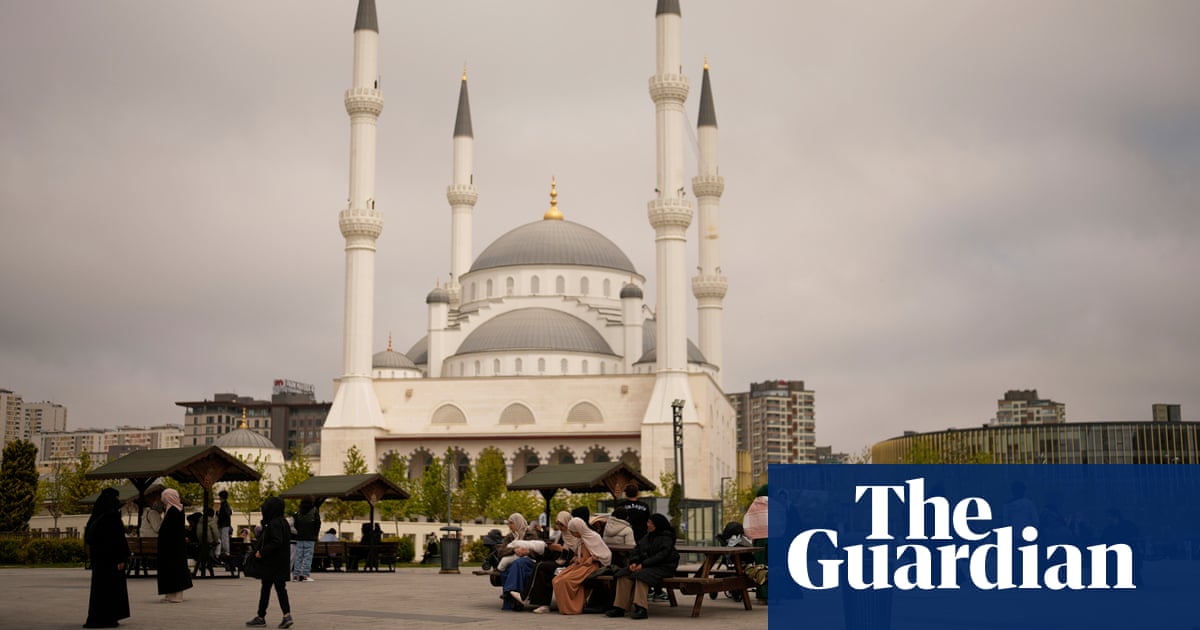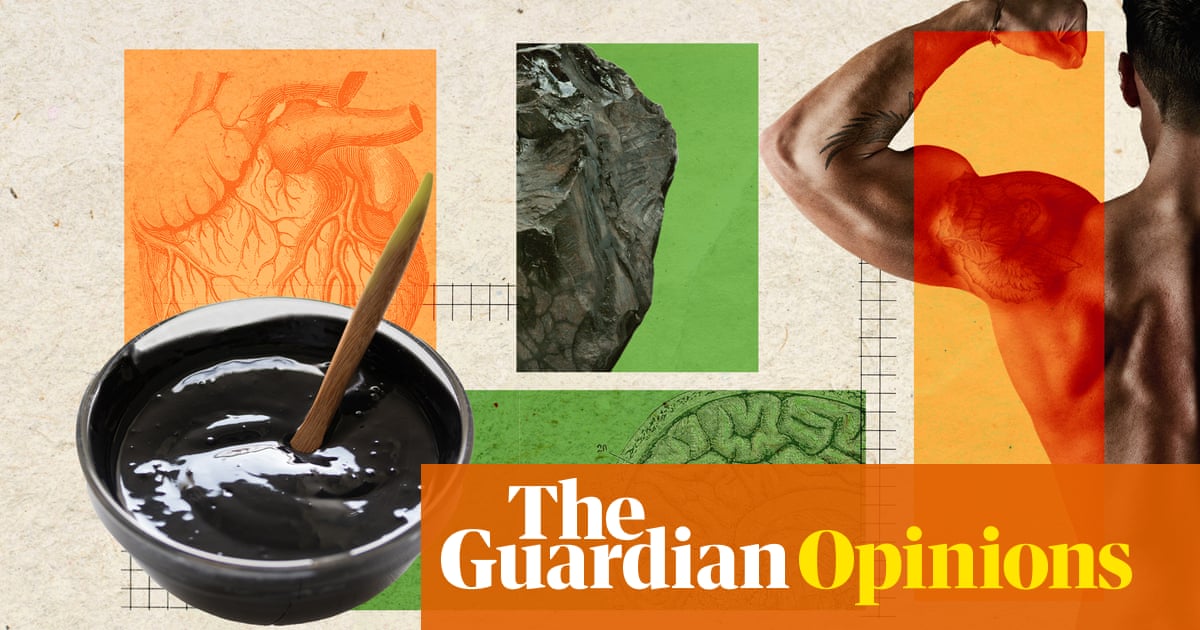When you think of the Bloomsbury Group – the writers, artists and intellectuals who congregated at 46 Gordon Square in London in the early 20th century – you might think of Virginia Woolf; the Omega Workshops, which brought fine art to modernist designs; Charleston, a farmhouse in Sussex, frequented by core members who painted every available surface in blazing hues; or the famous phrase about their unorthodox sex lives – they “painted in circles and loved in triangles”.
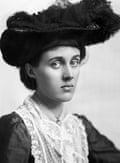
But do you ever think – or know much – about a woman at the heart of the group, Vanessa Bell, sister of Virginia and co-director of the Omega Workshops? If Bloomsbury member John Maynard Keynes was the economics pioneer, and Woolf its literary star, then Bell was the painter equivalent. Yet it seems Bell has too often been overshadowed by her contemporaries, or pigeonholed by her domestically scaled work. No longer. A new exhibition at Charleston’s gallery spaces in nearby Lewes brings together the largest number of Bell works in history, 136 in total.
Born in 1879 to a wealthy bourgeois family, Bell was raised as a Victorian woman when opportunities for those of her gender were scarce. Whereas her two younger brothers attended school and university, Bell and Woolf were educated in the home. Always creating – Bell once recalled: “I cannot remember a time when Virginia did not mean to be a writer and I a painter” – they made the most out of what they had. As children, they illustrated and wrote the newspaper, Hyde Park Gate News, about everyday family events.
But her early life also was full of sadness. In 1895, their mother died, leaving Bell’s older stepsister, Stella, tasked with looking after their “emotionally brutal” father (as described by Wendy Hitchmough, in a new biography). Two years later, Stella died, leaving Vanessa – who had been thriving at the Royal Academy (a refuge from the stifling family home) – to take up a maternal role for her siblings and father, before his death in 1904. The four orphans swapped Hyde Park Gate for Gordon Square and – now free to do as they wish – organised intellectual and artistic discussions (spearheaded by Bell), which pushed Victorian London into a realm of modernist thinking. The Bloomsbury Group was born.
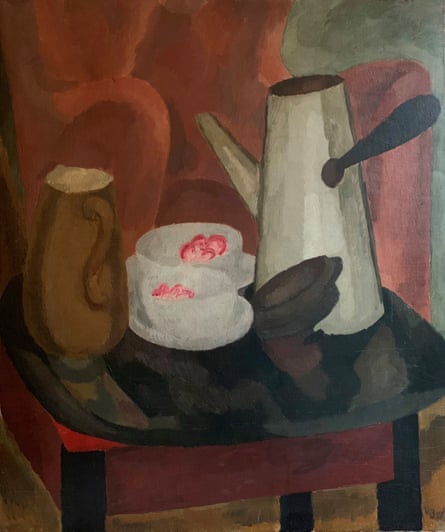
They organised the first exhibition of the Parisian post-impressionist painters to show in London in 1910. Bell was also the first British collector to buy a work by Picasso. Hugely influenced, she also turned to working in abstract forms, as one of the first artists in Britain to do so. Bear in mind, she was now a mother to two young children, too.
Nothing stopped her. As demonstrated by this exhibition, Bell was continuously, as curator Darren Clarke says, “looking at what’s next rather than what’s past”. From reworking renaissance or Byzantine art through a modernist lens, to never limiting herself to one medium, form, language, or lover, she painted on fans, shelves, books and, from 1916, her entire house at Charleston. Bell thus forged a modernist language that set the tone for modern British art, and modern British living.
A great moment in the show is Bell’s painting Tea Things, of a Victorian porcelain tea set, from 1919. It might not sound radical but, for me, it sums her up: a bridge between two worlds (a modernist take on a traditional object). Both in her life and art Bell was a gateway to modernism. So it is interesting that many works are views through windows and doors, or actual painted doors. As if to show the old and new world as two different spaces within one image, it seems Bell used painting as a threshold, and she was the conduit between them.
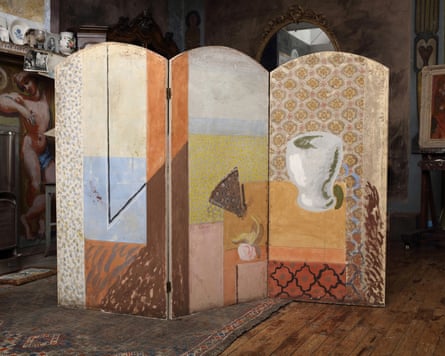
As a modern woman who didn’t live according to the conventions into which she was born, she also had a huge influence on her more celebrated sister. One has to remember, Bell was experimenting with modernism in the early 1910s, whereas Woolf established her style in the mid-1920s.
It is thrilling to see an exhibition that puts Bell front and centre – and there is more of this sort of thing to look forward to. Major exhibitions in 2026 will be showcasing artists who were once overshadowed by their more famous male counterparts, ridiculed by the press and not taken seriously for their addressing of female-heavy narratives or not working on “grand” scales. From Frida Kahlo, Ana Mendieta and Tracey Emin at Tate Modern, to Rose Wylie at the Royal Academy of Arts (the first ever female painter to show in the main galleries in an institution founded in 1768). All this programming leads me to ask: are we finally reaching a turning point in celebrating great artists who just happen to be women?
The last decade has seen exhibitions of work by Lee Krasner, Lynette Yiadom-Boakye, Carolee Schneemann and Lubaina Himid. And this June, Jenny Saville will be filling the National Portrait Gallery. It seems that major female solo shows are no longer anomalies, but fully fledged headliners. Let’s hope it stays this way – celebrating all genders for their greatness and differences, and as the central figure rather than on the side.

 3 months ago
52
3 months ago
52
